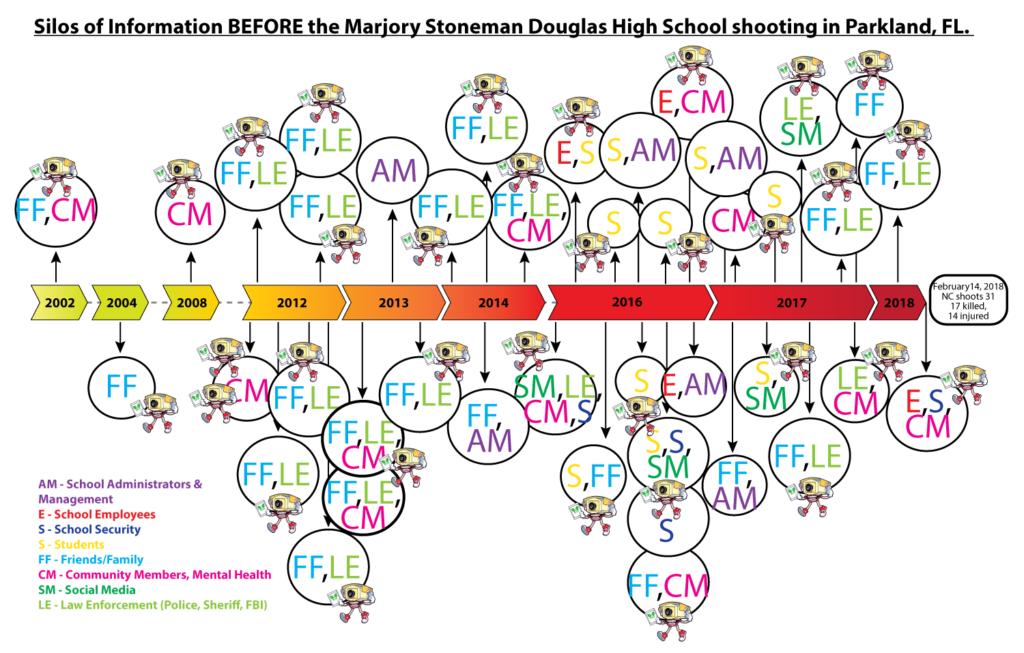
 It’s no secret Security Cameras are on almost every school and organization’s wish list, especially at budget time.
It’s no secret Security Cameras are on almost every school and organization’s wish list, especially at budget time.
In fact, billions of dollars have been invested in Security Cameras and other security products… but questions about whether Security Cameras are the best solution for preventing Active Shooters and other acts of violence are emerging.
Recent media stories are questioning the law of diminishing returns and Market Analysts are commenting on how anxiety is bolstering multi-billion-dollar security industry.
Jim Dearing, an economist at the market research firm HIS Markit, commented how, “The U.S. spends a lot more per capita on security than any other country,” yet mass shootings in U.S. schools have remained constant over the last 30 years and are seemingly on the increase in 2018.
Many security experts have commented how Security Cameras have never stopped a shooter, rather they have provided video content for mass media to feature in their news coverage or for police and post-event report preparers to review for data in their reports.
So where do we go from here?
What do you know about “Walking, Talking, Social Media Cameras”?

15+ years of research into post-incident reports from mass shootings (and other acts of violence) have provided extremely valuable lessons learned and exposed how “Walking, Talking, Social Media Cameras” can be the difference maker in preventing Active Shooters and other acts of violence.
What are “Walking, Talking, Social Media Cameras”?
People. A student, teacher, counselor, principal, nurse, bus driver, coach, other staff, parents, other family, friends, neighbors, law enforcement, mental health expert, social worker, child services agent, social media user, and other community members who observe warning signs and pre-incident indicators.
 According to hundreds of post-incident reports, the evidence is overwhelming, and you can see for yourself on these timelines how prevention is possible if schools, organizations, and communities would have had a central, community-wide fusion platform to connect all the “Walking, Talking, Social Media Cameras.” A central community-wide team (Threat Assessment Team (TAT), Behavioral Intervention Team (BIT), etc.) could then securely see all of the warning signs and pre-incident indicators BEFORE the escalation and attack occurs. When the right people have the right information they can take the right steps to intervene and prevent attacks before they occur.
According to hundreds of post-incident reports, the evidence is overwhelming, and you can see for yourself on these timelines how prevention is possible if schools, organizations, and communities would have had a central, community-wide fusion platform to connect all the “Walking, Talking, Social Media Cameras.” A central community-wide team (Threat Assessment Team (TAT), Behavioral Intervention Team (BIT), etc.) could then securely see all of the warning signs and pre-incident indicators BEFORE the escalation and attack occurs. When the right people have the right information they can take the right steps to intervene and prevent attacks before they occur.
Research shows active shooters and other acts of violence can be prevented… but different cameras, community-wide cameras, and connected cameras are needed.
Ready to connect your “Walking, Talking, Social Media Cameras”?